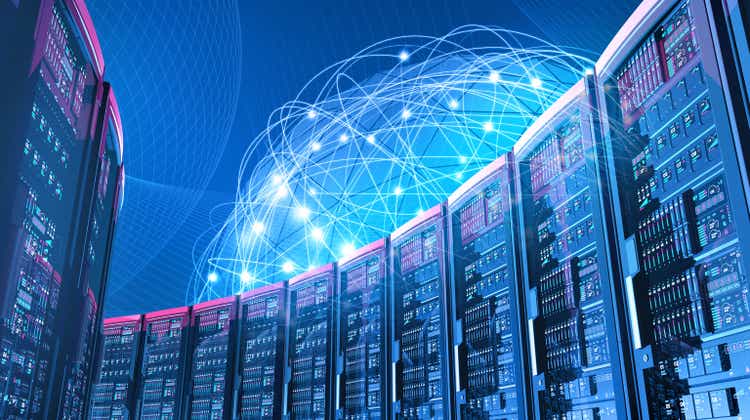NVIDIA, a masterclass on focused directionality

I've been following NVIDIA for quite a few years as a company that initially pivoted from a hardware manufacturer for gaming PCs to a major player in computer graphic calculations and then a leading force in computational AI. And I initially thought that NVIDIA might become a trillion-dollar company with the rise of autonomous vehicles (as it was uniquely positioned to be the key OEM from dashboards to self-driving systems). But as we now know, self-driving is still slowly entering the market, nowhere near where it was expected to be a few years ago. Meanwhile, the ChatGPT disruption is happening in real-time, and NVIDIA is already backstage ramping up its capabilities.
Among the latest announcements made by the company are:





As always, disruptions are always slow before they become lightning fast...

But most importantly, Jensen Huang (NVIDIA, CEO) announced yesterday their new DGX GH200 supercomputer.

Beyond all this, besides the refocus on industry and B2B services, what is really striking is NVIDIA's strategy, which is what KODAK could have been. Instead of keeping in line with its original market, the new U.S. giant decided to become radically process-driven and capable of becoming an all-encompassing tech platform. In this game, what matters is not so much your dedication to a specific narrow type of customer but rather getting the global directionality of many markets right.
Even if you're wrong about timing the self-driving car and Uber or Waymo being your next-gen customers, you eventually get into the digital twin factory business and many others along the way.
The big potential unlock, though?
The one that, until now, escaped all other GAFAMs?

Here's the full presentation about NVIDIA laying out its strategy for becoming the Microsoft of healthcare...



